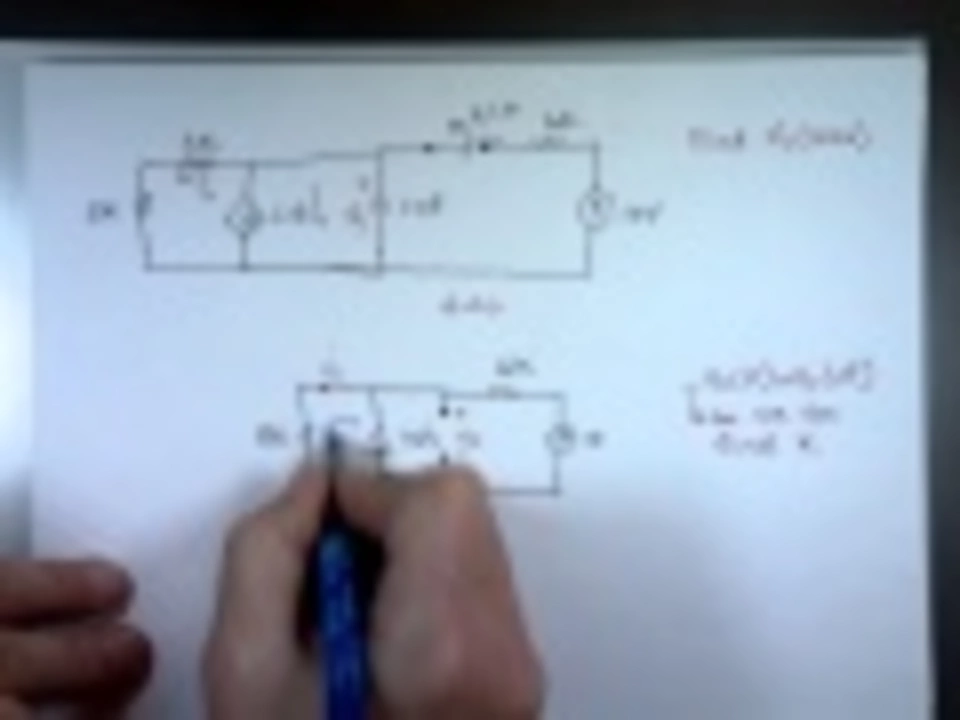Electronics: Practical Basics, Circuits, and DIY Tips
Looking to understand electronics without the jargon? This category packs short, useful guides you can use on small projects, repairs, and quick learning. I focus on core concepts, easy explanations, and clear examples so you can build confidence faster. You’ll find posts that explain how components behave, when to pick one part over another, and how simple circuits work in the real world.
Basics You Can Use Today
Start with the parts you see most: resistors, capacitors, inductors, diodes, and transistors. A resistor limits current; a capacitor stores charge; an inductor stores energy in a magnetic field. Semiconductors control flow and switch signals. Knowing a part’s role helps you read schematics and troubleshoot a board. I also show practical tips like measuring with a multimeter, spotting a burnt component, and testing a capacitor quickly without fancy gear.
When you pick parts, match ratings to your circuit: voltage, current, power, and tolerance matter. For example, using a capacitor with a lower voltage rating than the circuit can cause failure. For beginners, I recommend starting with low-voltage breadboard projects and working up to soldered builds once you’ve tested everything on the breadboard.
Example: RC Time Constant Explained
One common question is about the RC time constant. The time constant, called tau, is simply resistance times capacitance: tau = R x C. It tells how quickly a capacitor charges or discharges toward its final voltage. After one tau, the capacitor reaches about 63% of its final value. After about five tau, it’s nearly fully charged or discharged.
Here’s a quick example you can try. If R is 10 kilohms and C is 10 microfarads, multiply them: 10,000 ohms x 0.00001 farads = 0.1 seconds. That means the capacitor charges mostly within a fraction of a second. Change either value to slow or speed the response. Increasing resistance or capacitance makes the circuit respond slower.
Why does this matter? RC timing shows up in filters, timers, and signal shaping. Use it to remove noise, delay a signal, or make simple pulse circuits. It also helps when you replace parts: if your original design used a 0.1 second tau, swapping values will change behavior in predictable ways.
Browse the Electronics category for clear guides like this, real project walkthroughs, and troubleshooting steps I use in real builds. If you have a specific project or error code, tell me what you’re seeing and I’ll point to the right article or give a quick fix you can try at home.
A few quick tips before you start: keep a basic tool kit, multimeter, soldering iron, breadboard, wire stripper, small pliers, and a roll of electrical tape. Always unplug power and discharge large capacitors before touching a circuit, and wear safety glasses when soldering. Label wires and take a photo before you pull parts out. Check polarity on capacitors and diodes. Practice measuring voltage and continuity on a dead board first. Ask a question if you get stuck. I'll help fast.

What is the time constant for a RC circuit?
A RC circuit is a simple electronic circuit that consists of a resistor and a capacitor connected in series. The time constant for a RC circuit is the time it takes for the capacitor to reach about 63.2% of its maximum charge. This is equal to the product of the resistance and capacitance of the circuit. The longer the time constant, the slower the capacitor charges, which can be beneficial in certain applications. When designing a RC circuit, it is important to take into account the time constant, as this affects the performance of the circuit.